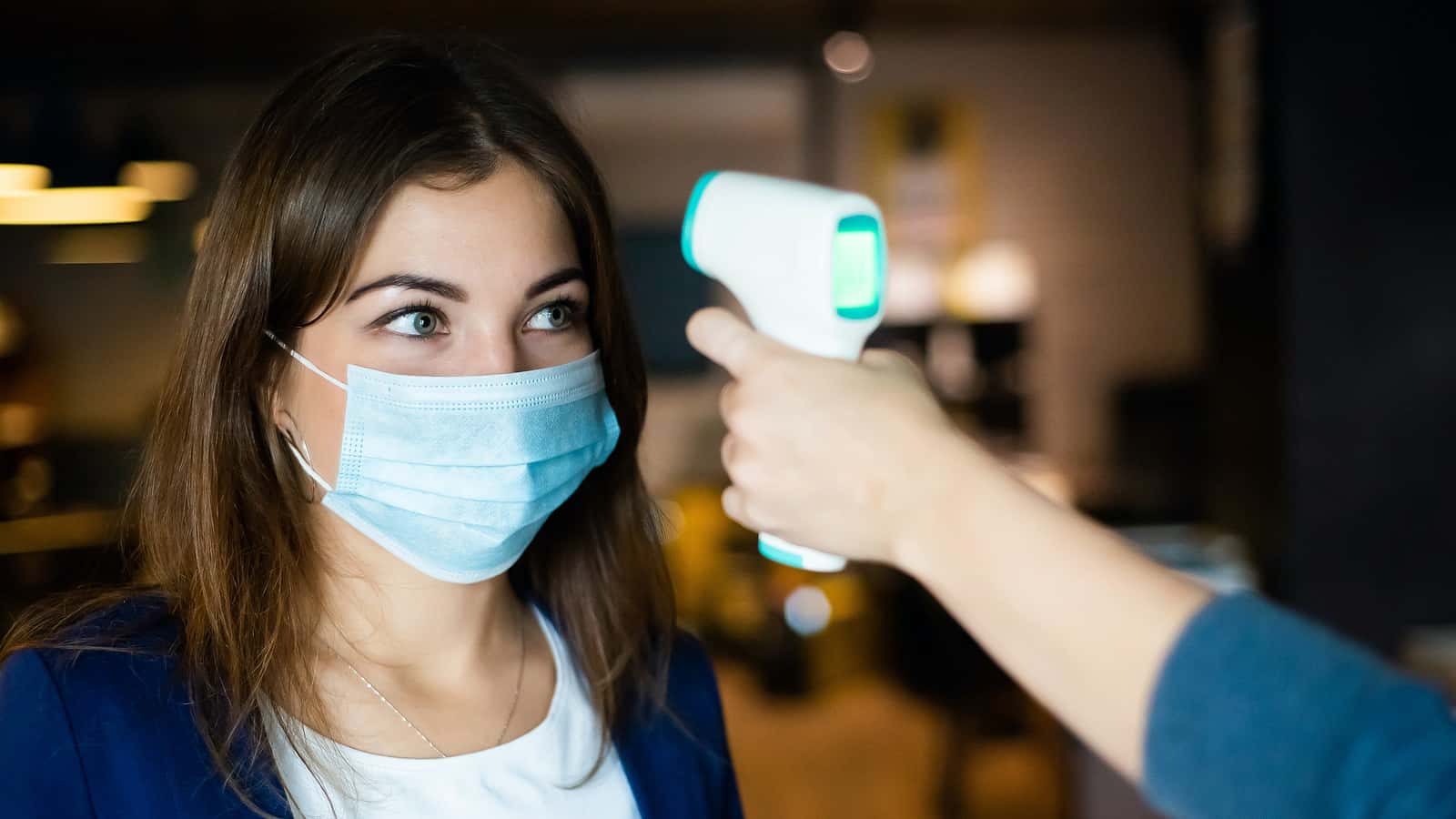
Some public health authorities are hoping that the COVID-19 pandemic will fizzle once enough people have recovered from the infection. The idea is that we could reach herd immunity.
What Is Herd Immunity?
The idea of herd immunity comes from studies of diseases like measles. If almost everyone in the community is vaccinated against measles, the remaining unvaccinated few aren’t likely to catch it. Why not? Because nobody else is getting sick with it to expose them to the germs.
Experts are beginning to question whether this country will be able to achieve herd immunity. When the number of people who are immune to the virus through vaccination or recovery from infection is high enough, the coronavirus will no longer be able to spread easily. But an NPR/Marist poll showed that roughly one in four Americans are hesitant to be vaccinated. As a result, it may be difficult to achieve country-wide protection.
A few localities in the US appear to be on their way to herd immunity. Epidemiologists point to California and particularly the San Francisco Bay area as an example. That’s because most people have been eager to be vaccinated. In addition, cases are low and trending downward. That’s a positive sign. But lots of people travel into the Bay area from other parts of the country or the world, and they could easily bring the SARS-CoV-2 virus with them.
Antibodies in Spain:
In most places, however, herd immunity is still a long way off for COVID-19 (The Lancet, July 6, 2020). A study of more than 60,000 people in hard-hit Spain found that just 5 percent have antibodies to the virus in their bloodstream. Almost everyone who had tested positive for the coronavirus at least two weeks previously had the antibodies. As a result, we can conclude that the test is reasonably accurate. However, if only 5 percent of the population has recovered, that means 95 percent is still susceptible.
To achieve herd immunity, far more than half the population and possibly more than three-fourths of the people would need antibodies. At this point, scientists do not know what proportion of people with antibodies would provide protection for the rest of the community. Moreover, there is a further complication to the herd immunity strategy. No one knows how long these antibodies last nor how well they protect people from infection.
According to the Spanish scientists,
“These results emphasise the need for maintaining public health measures to avoid a new epidemic wave.”
Antibodies in Queens, New York City:
The New York Times reported July 9, 2020, that some neighborhoods in Queens may be able to test the herd immunity hypothesis if and when a second wave of COVID-19 hits the city. In a neighborhood called Corona, for example, tests at a clinic showed 68 percent of the patients had antibodies to the coronavirus. In a different neighborhood, Jackson Heights, the rate was 56 percent of people at a clinic. These neighborhoods were devastated in the first wave of infection in New York because people live in cramped conditions and cannot work from home. Unfortunately, we don’t yet know whether these rates are adequate to offer residents in these neighborhoods any measure of protection due to herd immunity.
Citations
- Pollán M et al, "Prevalence of SARS-CoV-2 in Spain (ENE-COVID): A nationwide, population-based seroepidemiological study." The Lancet, July 6, 2020. DOI:https://doi.org/10.1016/S0140-6736(20)31483-5

